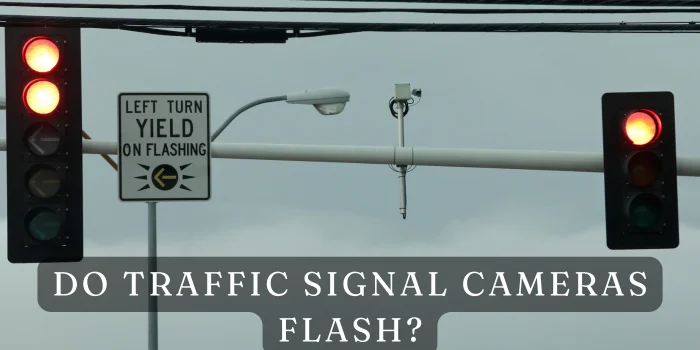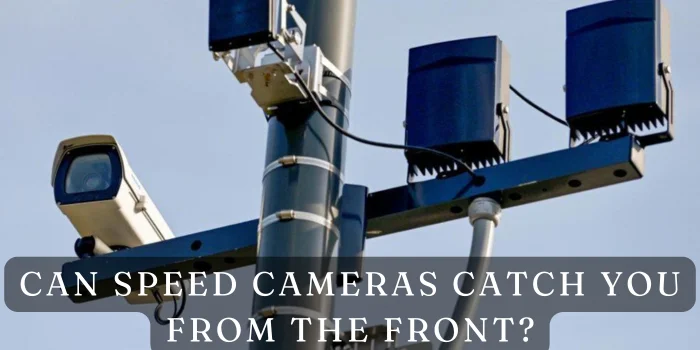What Happens If You Run a Red Light?
Running a red light isn’t just risky; it’s a severe offence in the UK. Whether in a rush or simply not paying attention, the consequences of blowing through that red signal can be more severe than you might think. What happens if you run a red light? Let’s dive into the details.
Understanding Red Light Violations:
What Constitutes Running a Red Light?
What exactly is considered running a red light? Simply put, it’s when your vehicle crosses the stop line after the traffic light has turned red. Even if only the rear wheels cross after the light changes, it’s still a violation. The law is clear: you must stop when the light turns red—no exceptions.
The Importance of Traffic Signals:
Traffic lights are there for a reason. They control the flow of vehicles and keep everyone safe on the road. Ignoring these signals isn’t just about breaking the law; it’s about risking lives. The red light isn’t just a suggestion—it’s a critical command designed to prevent collisions.
Immediate Consequences of Running a Red Light:
Automatic Cameras and Citations:
In many areas across the UK, running a red light will likely trigger an automatic camera. These cameras snap a photo of your vehicle crossing the stop line. Within a few weeks, you might find a citation and a hefty fine in your mailbox.
Being Pulled Over by Police:
If you’re unlucky enough to be spotted by a police officer, you could be pulled over immediately. The officer might issue an on-the-spot fine or even decide to take the matter to court if the violation is severe enough.
Legal Penalties for Running a Red Light in the UK:
Do You Get Points for Running a Red Light?
Running a red light in the UK usually results in penalty points on your driving license. You can expect to receive three points for this violation. These points stay on your record and can accumulate, leading to more severe consequences if you continue to break traffic laws.
How Much Is the Fine for Running a Red Light?
The standard fine for running a red light in the UK is £100. However, if the case goes to court, the fine could rise significantly, depending on the circumstances. It’s not just about the money—those penalty points could also affect your insurance premiums and driving ability.
Impact on Your Driving Record and Insurance:
Accumulating Penalty Points:
Accumulating points on your driving record isn’t just a slap on the wrist. You could face a driving ban if you reach 12 points within three years. For new drivers, the threshold is even lower—just six points in the first two years could result in a ban.
Increased Insurance Premiums:
Running a red light and receiving points on your license can make your insurance premiums skyrocket. Insurers view traffic violations as a sign that you’re a high-risk driver, so expect to pay more for your policy if you’ve been caught running a red light.
Safety Risks of Running a Red Light:
The Danger to Other Road Users:
Running a red light isn’t just dangerous for you—it’s a serious risk to everyone on the road. Pedestrians, cyclists, and other drivers rely on the predictability of traffic signals. Disregarding a red light can lead to catastrophic accidents.
Potential for Serious Accidents:
Red light violations often lead to T-bone collisions, among the most dangerous crashes. These occur when a vehicle strikes another from the side, often at high speed. The injuries resulting from such accidents can be life-altering or even fatal.
What to Do If You Run a Red Light by Mistake:
Contacting Authorities:
If you accidentally run a red light and believe there were extenuating circumstances, contacting the authorities is advisable. Sometimes, mitigating factors might be considered, primarily if you can provide evidence that the light malfunctioned or that you were forced to proceed for safety reasons.
Appealing a Citation:
You can appeal a citation if you believe it was issued in error. This might involve presenting your case in court and providing any supporting evidence. However, appeals are often challenging, and success is only sometimes guaranteed.
Preventing Red Light Violations:
Staying Alert at Intersections:
One of the simplest ways to avoid running a red light is to stay alert, especially as you approach intersections. Many red light violations happen because drivers are distracted or speeding, so keep your focus on the road and be prepared to stop when necessary.
Understanding the Amber Light:
The amber light warns you that the signal is about to change. It’s not an invitation to speed up and beat the red light. Instead, it’s a cue to prepare to stop safely. Ignoring the amber light often leads to red light violations, so it’s crucial to respond appropriately.
Common Myths About Red Light Violations:
I Can Beat the Camera Myth:
Some drivers believe they can beat the camera by speeding through the intersection just as the light changes. This is a dangerous misconception. Modern cameras are designed to capture violations precisely, so trying to outsmart them is a losing game.
It’s Okay If No One Is Around Myth:
Another myth is that running a red light is okay if the road seems empty. This is not only illegal but also extremely dangerous. Other vehicles or pedestrians might be approaching from a blind spot, and the crash risk is still genuine.
Conclusion:
Running a red light is a serious offence with significant consequences. From fines and points on your license to the increased risk of accidents, it’s simply not worth the risk. Always obey traffic signals, stay alert, and remember that those few seconds of waiting could save lives.
FAQs:
Do red light cameras flash every time?
Only sometimes. Some cameras flash when capturing an image, while others may not. It depends on the type of camera used.
Can you argue against a red-light ticket?
Yes, you can appeal, but it’s challenging. You’ll need solid evidence to prove the ticket was issued in error.
How long does a red light ticket stay on your record?
The points from a red light ticket typically stay on your driving record for four years.
What happens if you don’t pay the fine for running a red light?
Failing to pay can lead to additional penalties, including increased fines and possibly court action.
Are all traffic lights equipped with cameras?
Not all traffic lights have cameras, but many busy intersections are monitored.


